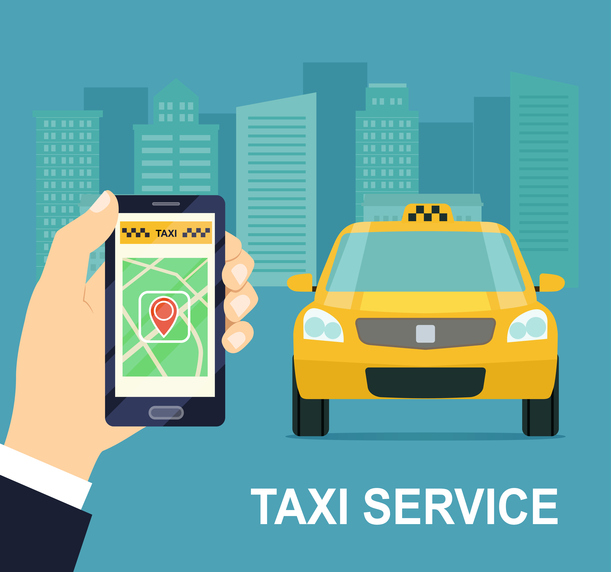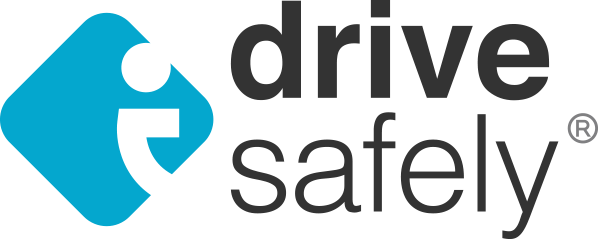
Along with letting you watch cat videos and get into heated Facebook arguments with total strangers practically anywhere, the mobile Internet has given us some things that are actually useful. Case in point: rideshare services like Uber and Lyft. Both services have been game-changers, offering customers a new way to save themselves a drive to the airport, the ballgame, or even home after a night of carousing. And in many instances, getting a ride via Uber or Lyft is actually cheaper than taking a traditional cab.
But these rideshare services are not without controversy. This week, a group of 19 taxi companies in San Francisco collectively sued Uber, claiming that the company made false claims related to the safety of traditional cabs. According to the suit, Uber claims that it offers “the safest rides on the road”, the implication being that riding in an Uber car is safer than riding in a cab. The lawsuit alleges that the cab companies filing suit do a much more thorough job in vetting their drivers prior to being hired, and that Uber’s pre-employment driver background checks are insufficient, as Uber does not check their drivers for any violations or convictions after they’ve been hired.
The case is still unfolding, and will certainly be one we’ll follow; after all, we want you to drive safely, but we also want you to ride safely as well. Using a rideshare service or taking a cab is something that many of us do without giving our personal safety too much thought. And during the summer, when our social calendar tends to be pretty full (holiday weekends, vacation travel), many of us will be using these services more than we might during other times of the year. Both rideshare services and taxi companies have made the news, and not in a good way, thanks to the behavior of their drivers. Here are a few tips to make sure that your next ride in a cab, or with Uber or Lyft – is a safe one.
Make Sure It’s Legit
Taking a cab? Whenever possible, avoid taking single-owner taxis. Some cities, like New York, have strict restrictions on individual taxi cab owners. Use cabs that are a part of a fleet operation; you’ll be more confident that the driver has been vetted and properly trained – and if you have any complaints about the service, you’ll have someone other than the cabbie to take your concerns to. When using a rideshare service, make sure that you’re being picked up by the right car. Match the license plate on the car to the one you received on the app when ordering the pickup, and make sure that the driver information matches as well. (Uber is rolling out a feature that shows you the driver’s picture and information on the app.) If it doesn’t, don’t accept the ride.
Plan Ahead
Whenever possible, reserve your ride ahead of time, and let someone close to you know that you’ll be getting a ride. Make sure that you share the rideshare driver’s information (name, type of car, license plate number), or, if reserving a cab, the name of the cab company, time of pickup, and the cab number. Also, it’s a good idea to bring a buddy along for the ride if you can.
Keep Your Smartphone Handy
This is just simple common sense, in terms of personal safety, but it can also save you a few bucks when taking a cab. If you’re visiting an unfamiliar area, you can use your phone to help keep your cab driver from overcharging you by taking the most convoluted route possible. Use your phone’s Maps app to figure out the fastest route to your destination, and let your driver know that YOU know where you’re going.
It’s important to know that generally speaking, taking a cab or using a rideshare service is very safe. A recent study by the Cato Institute indicates that passengers who use rideshare services face no more risk than passengers who take a cab.












